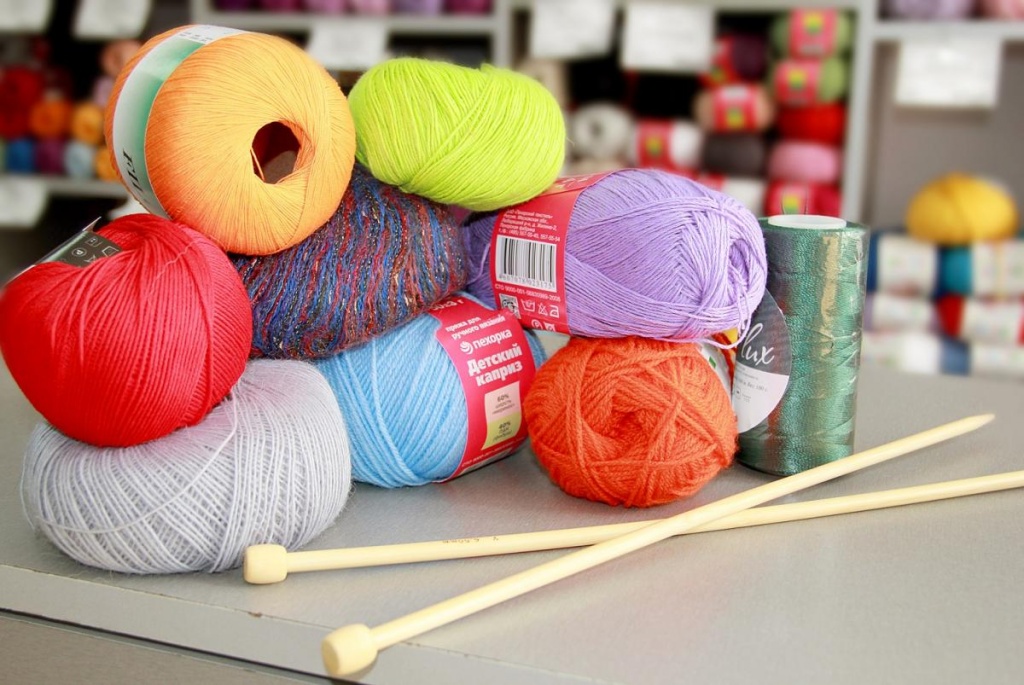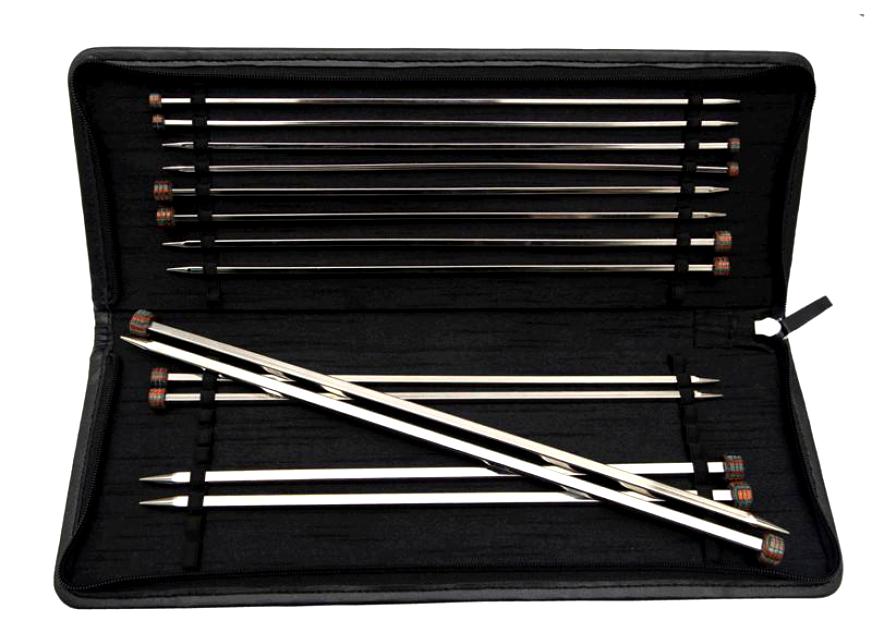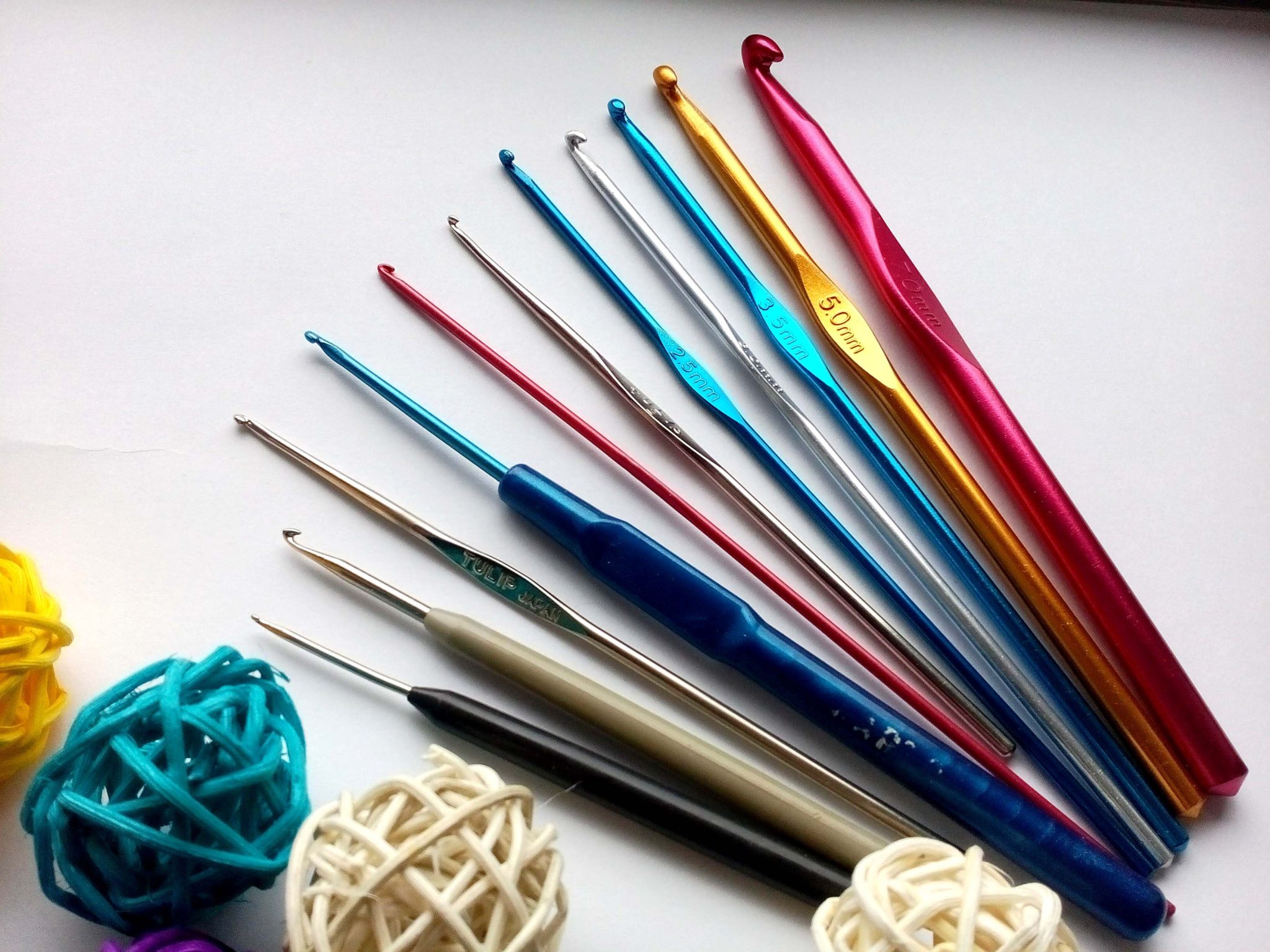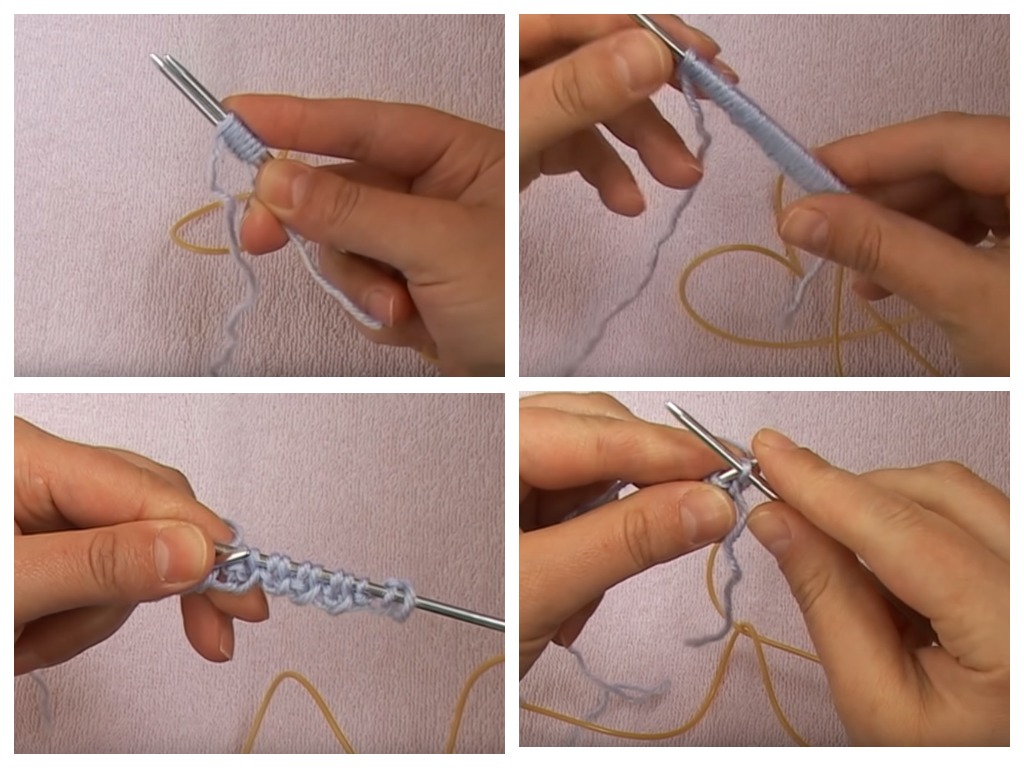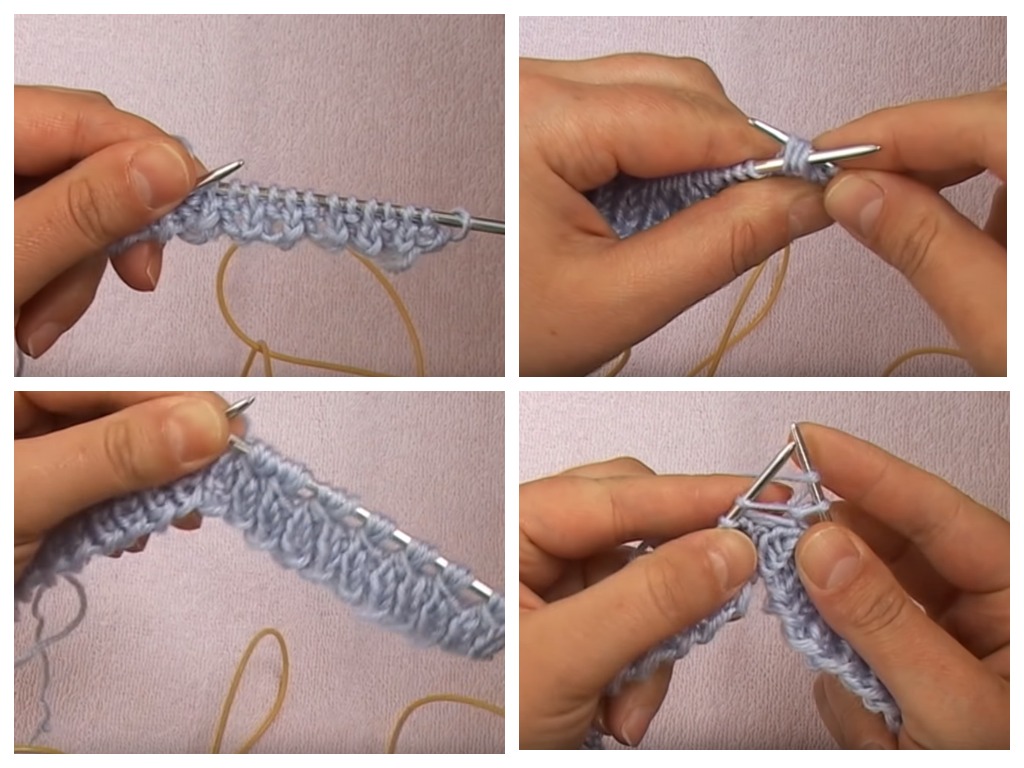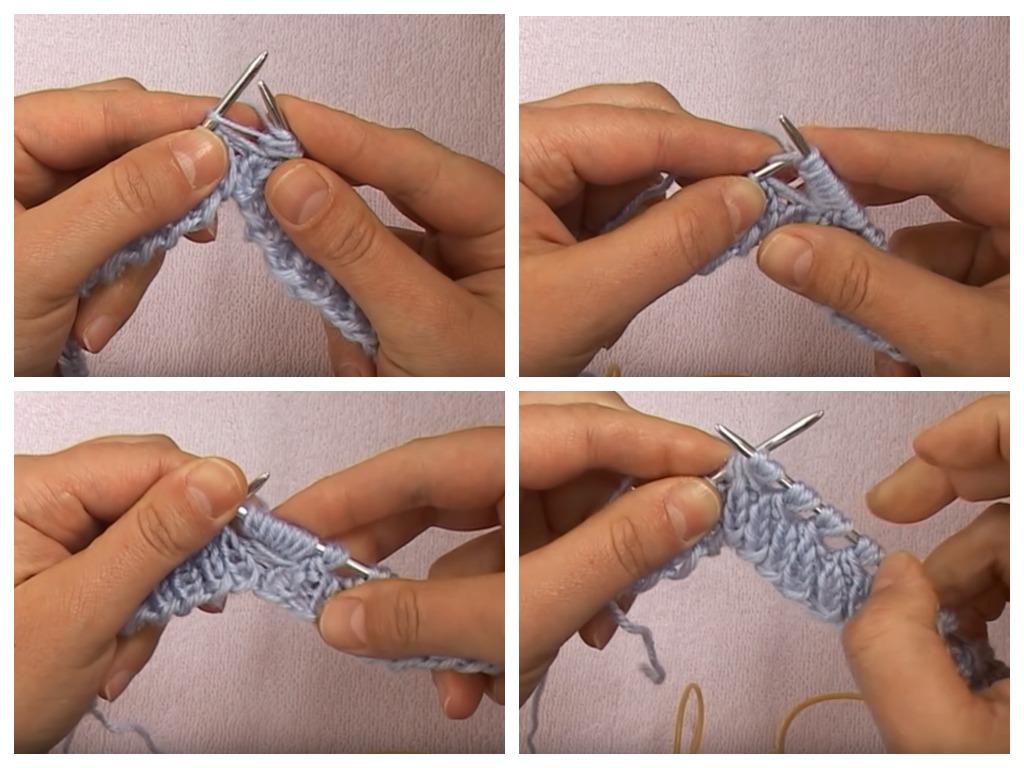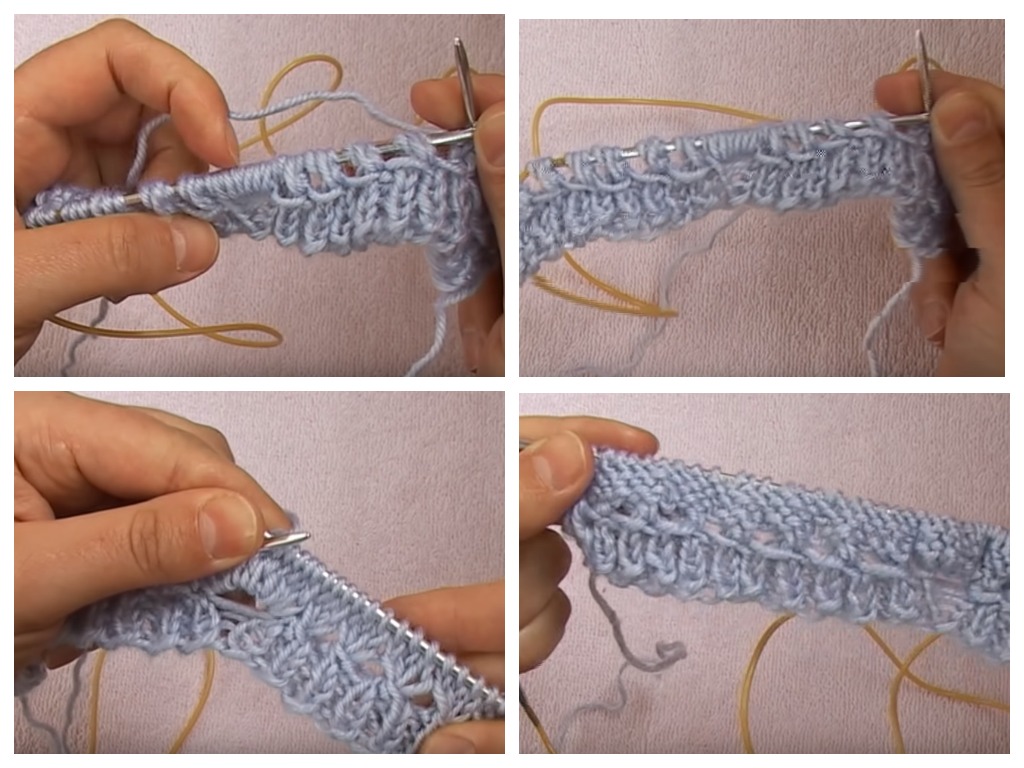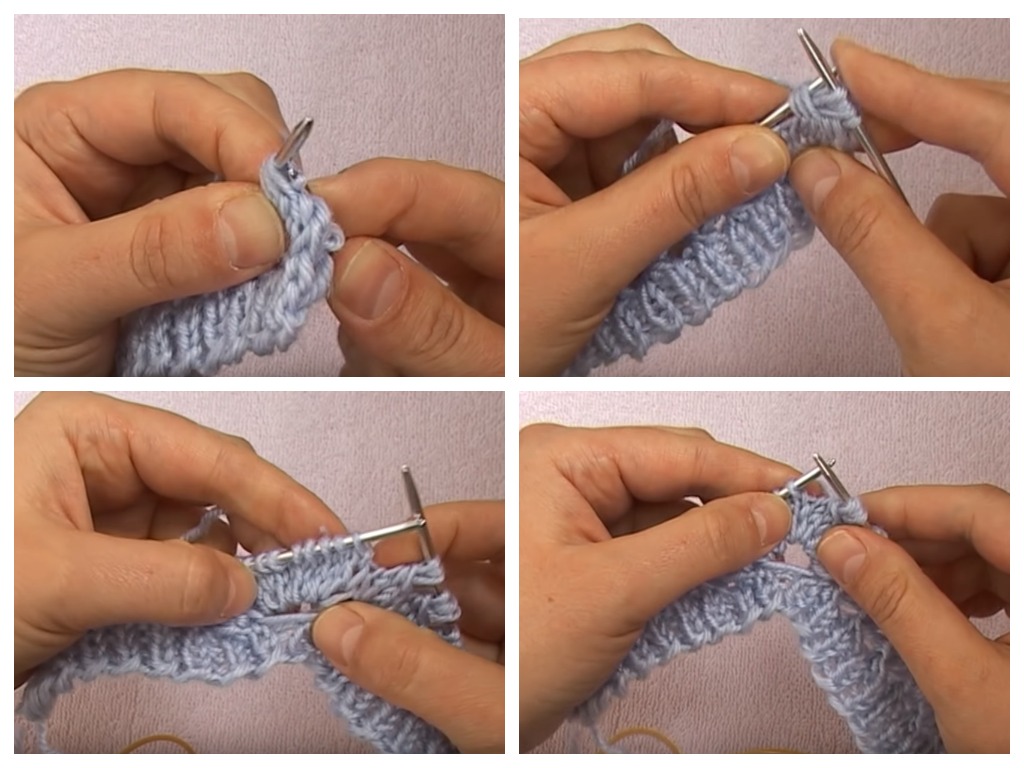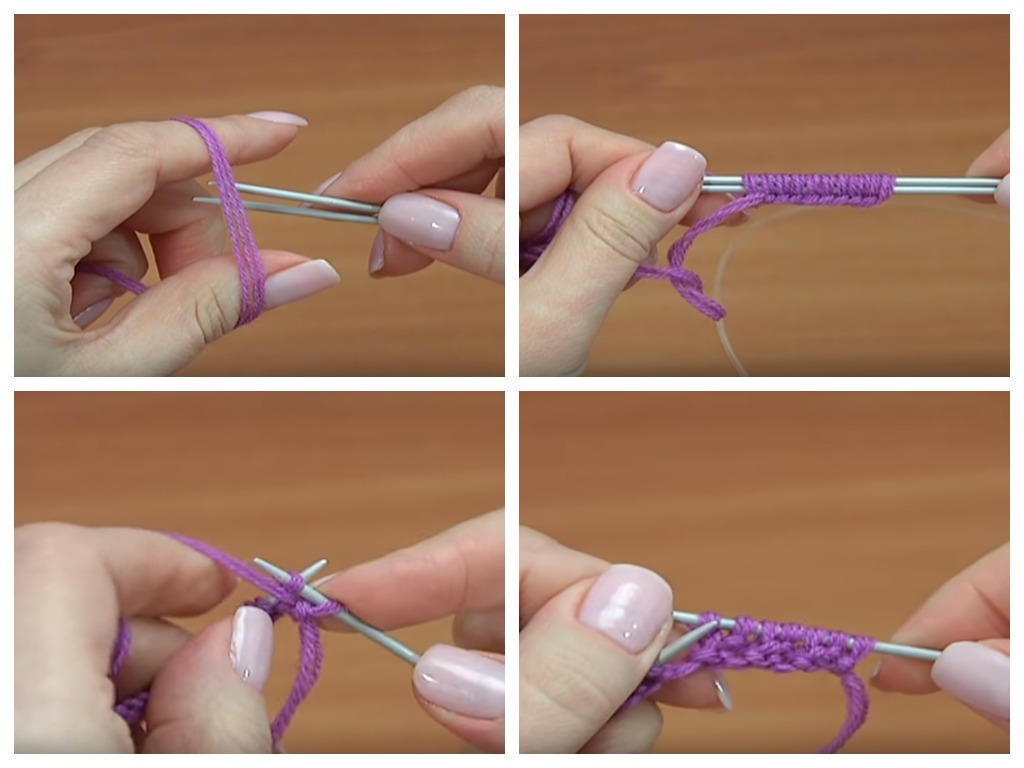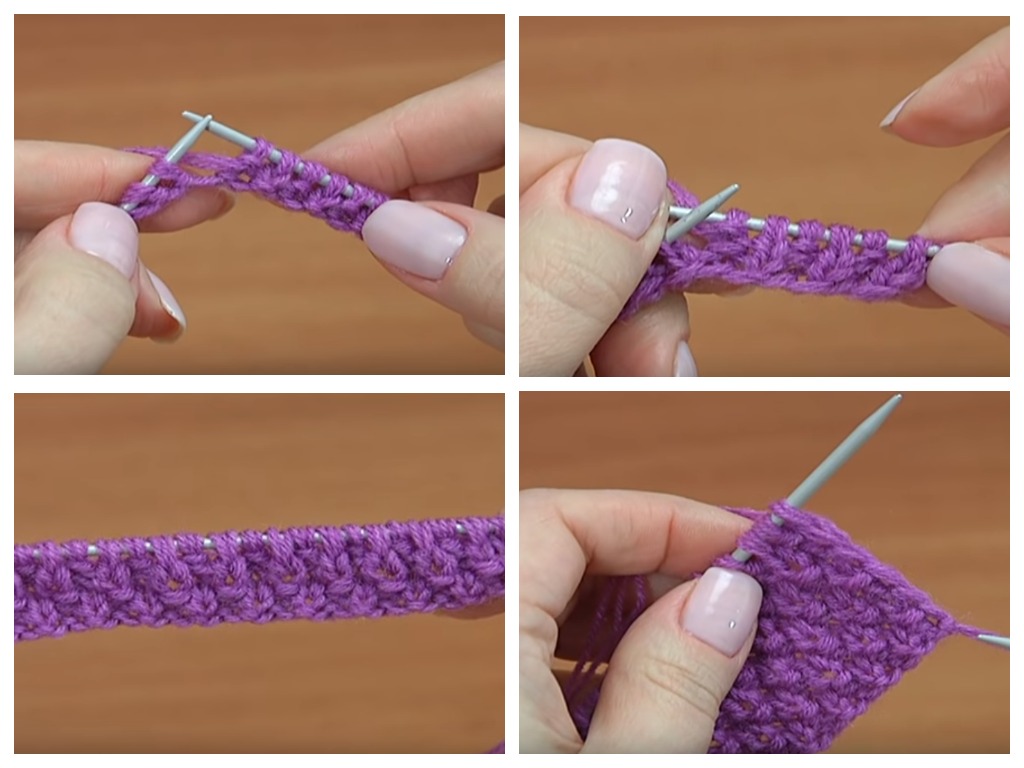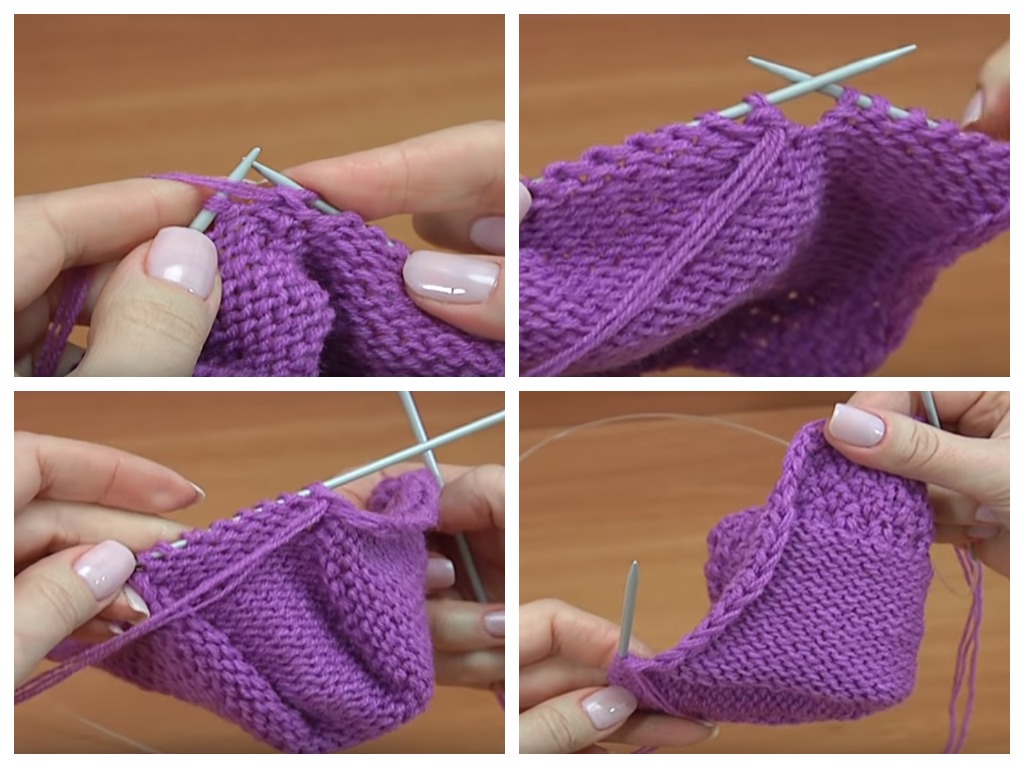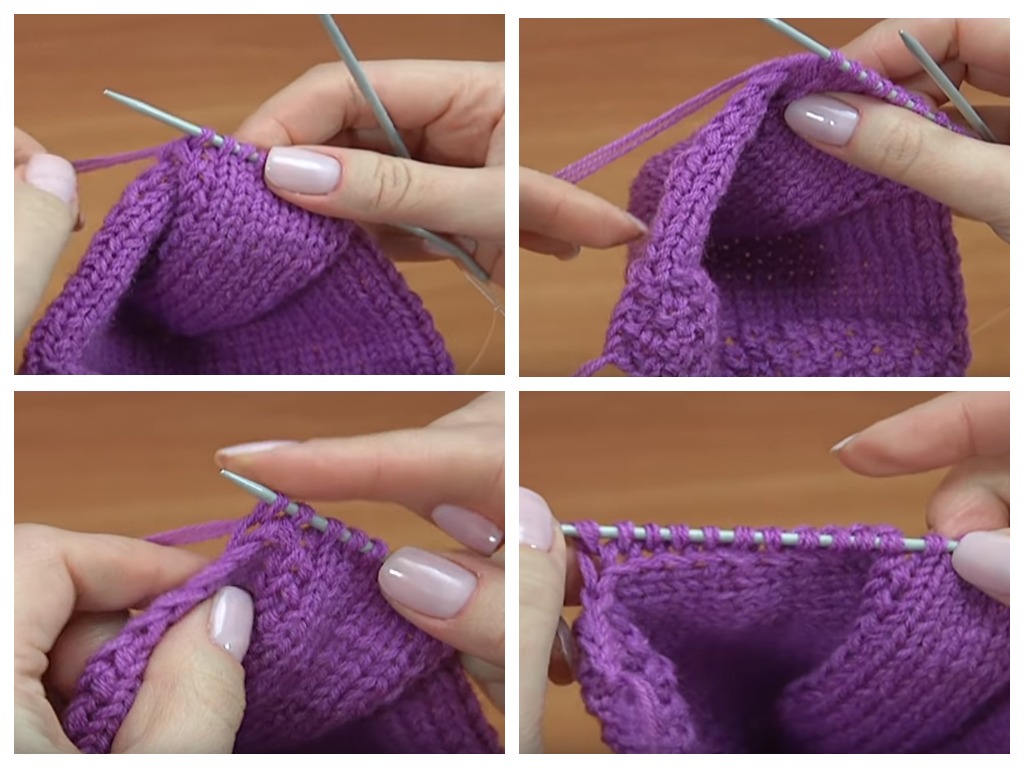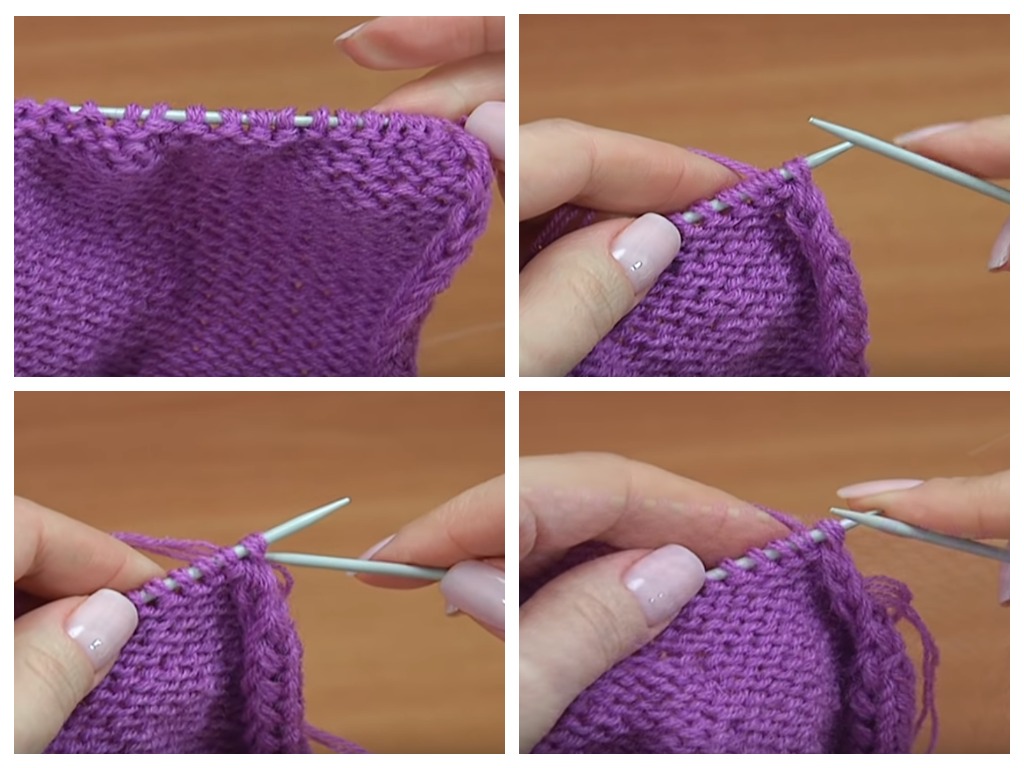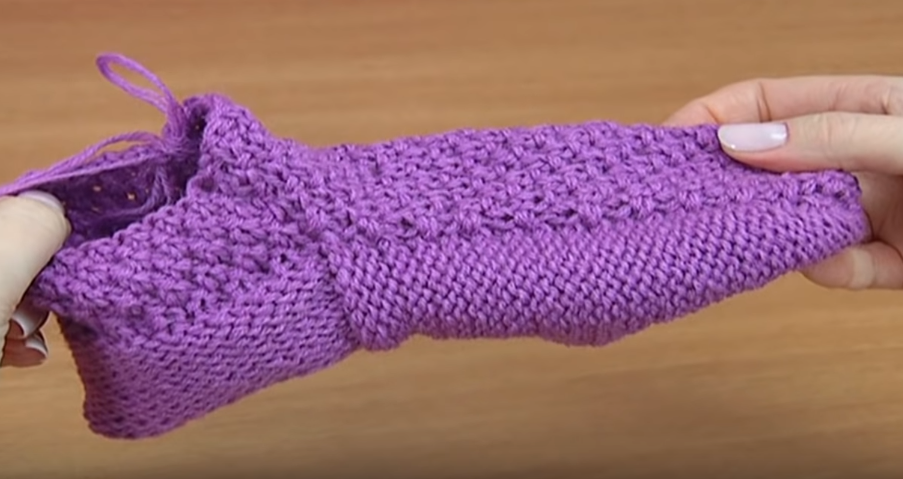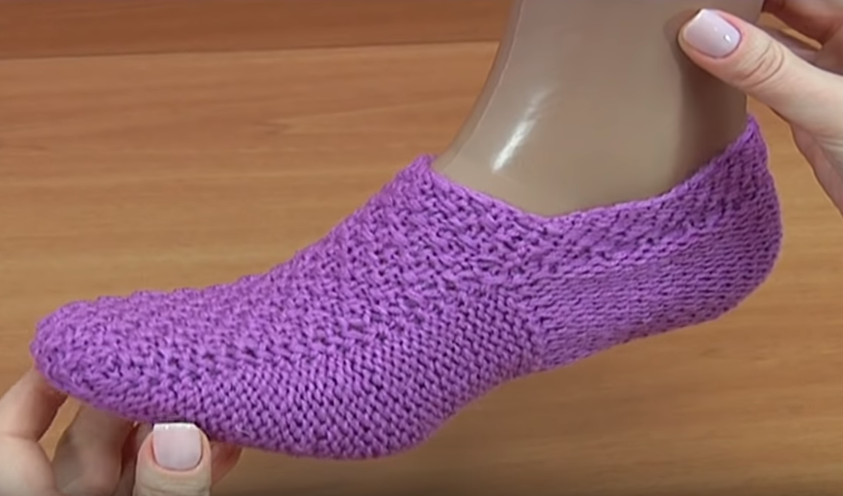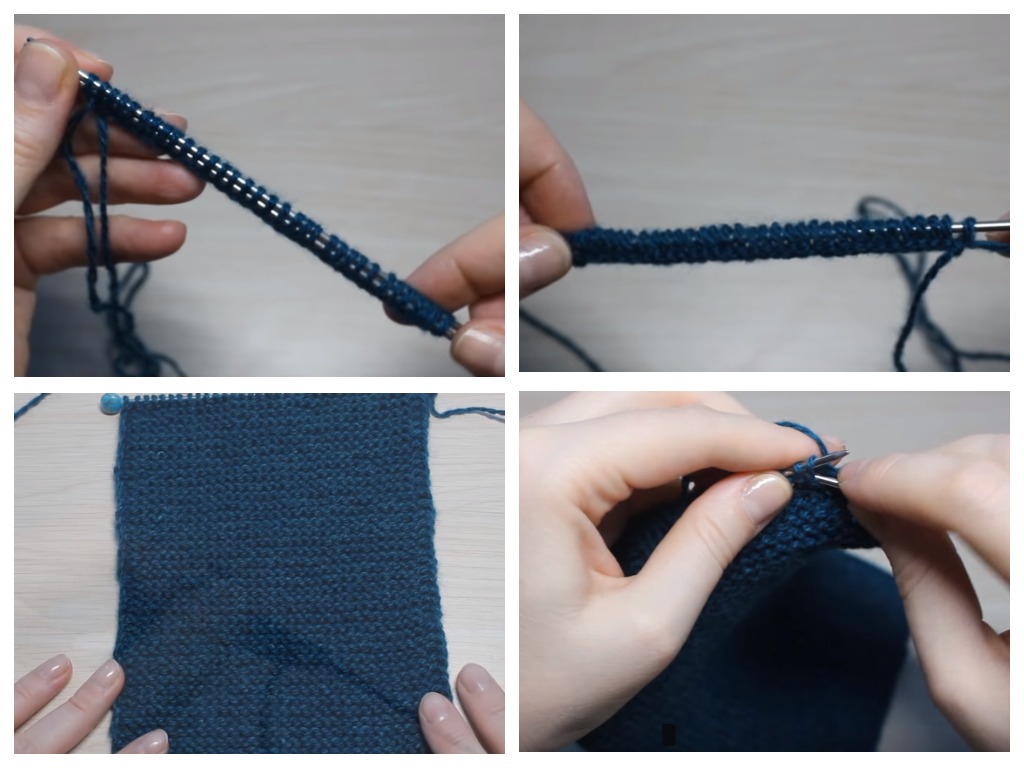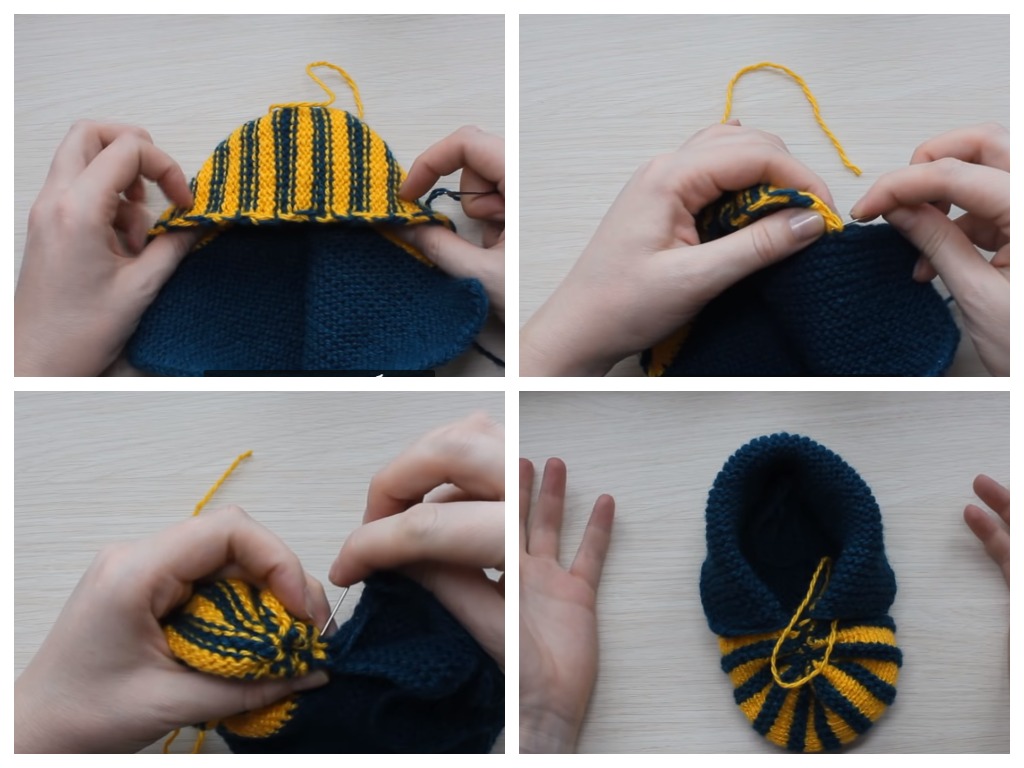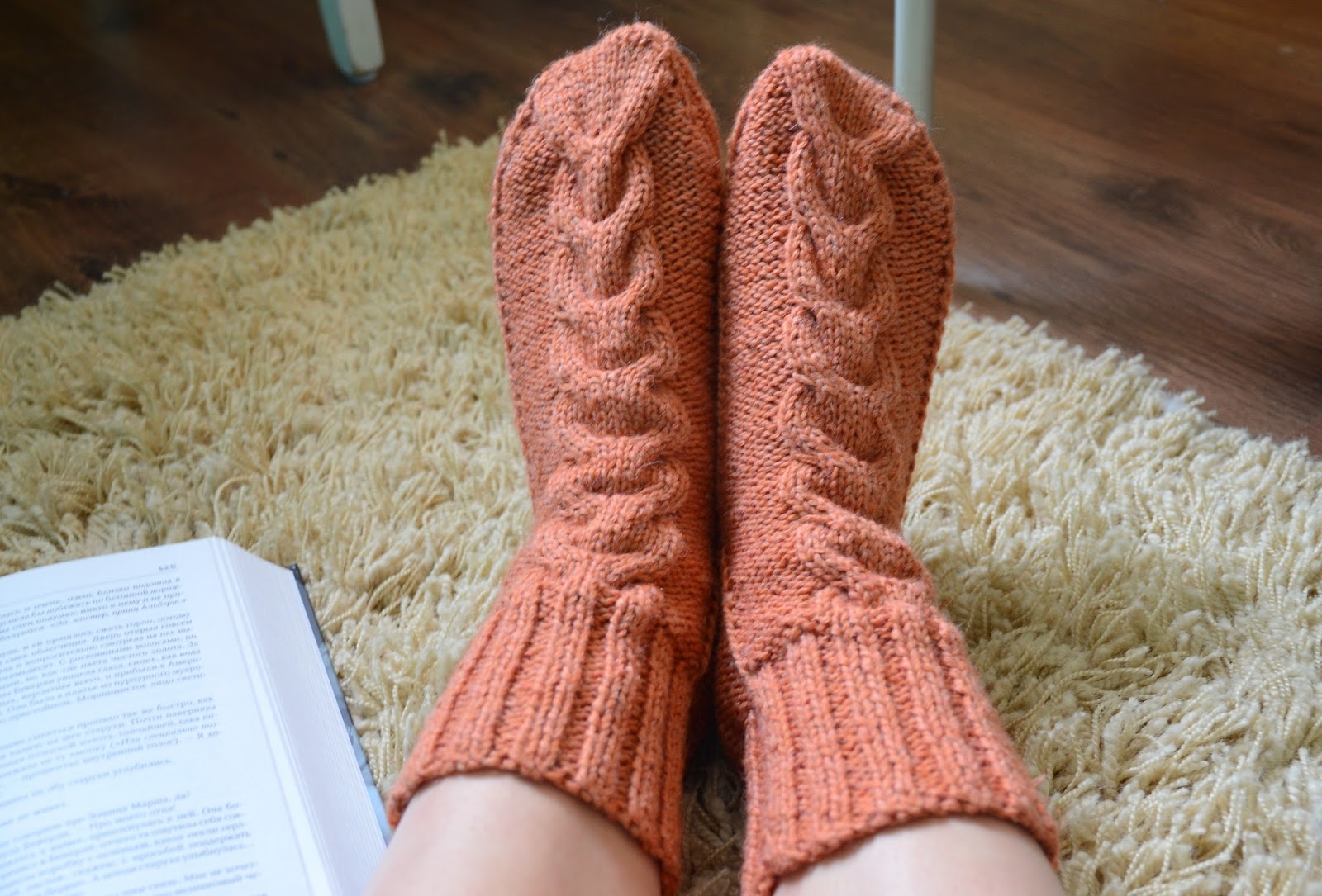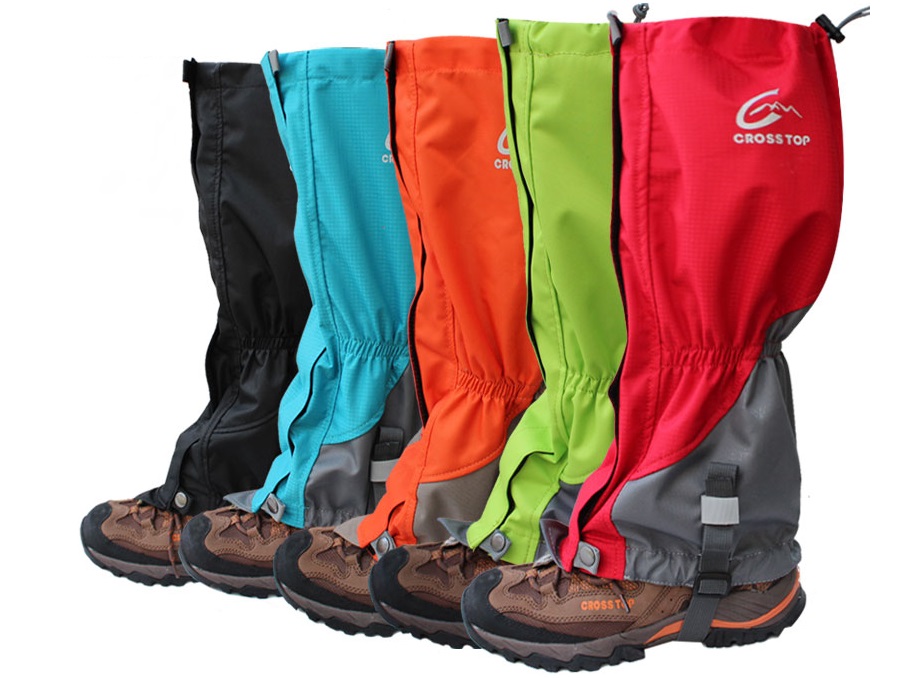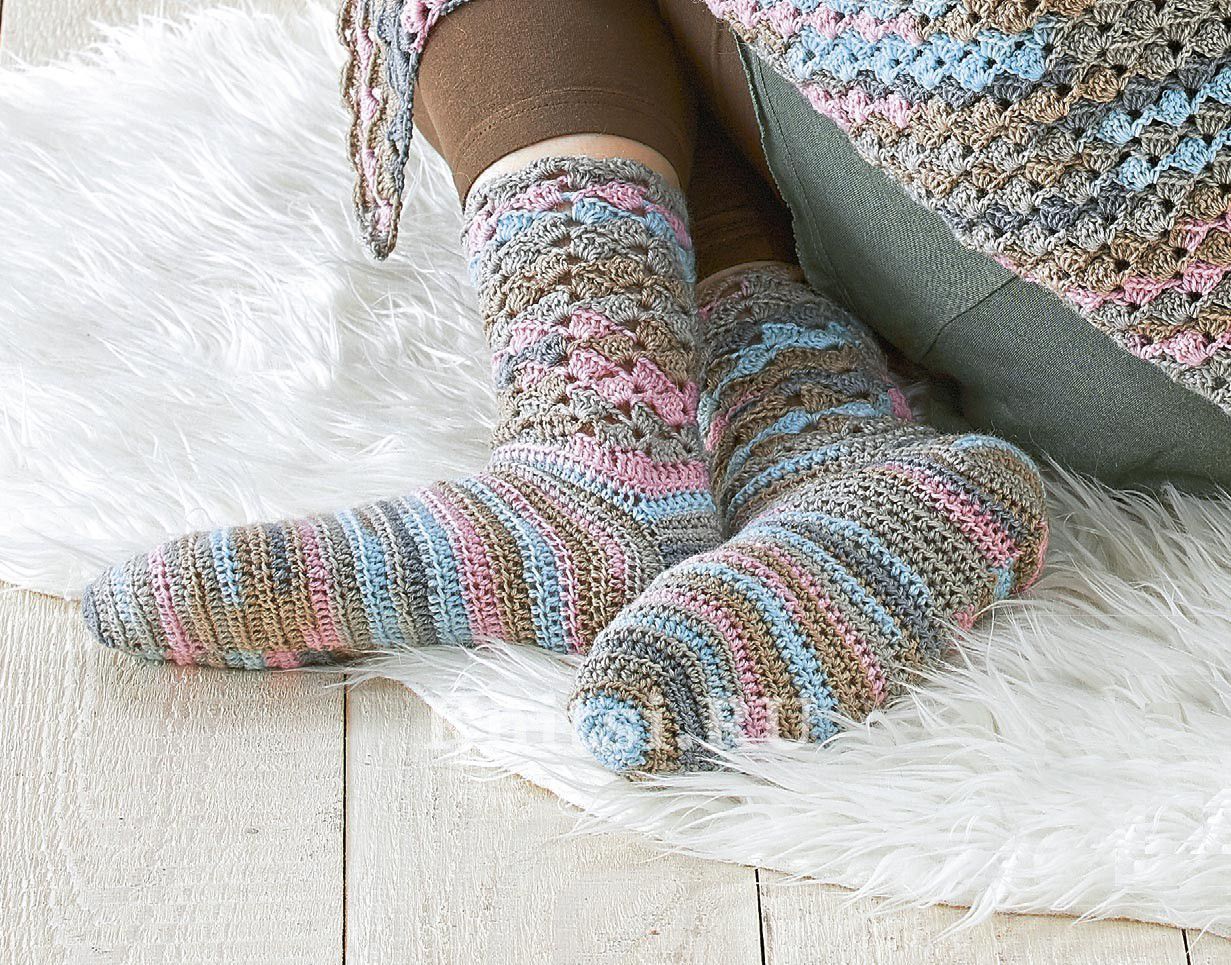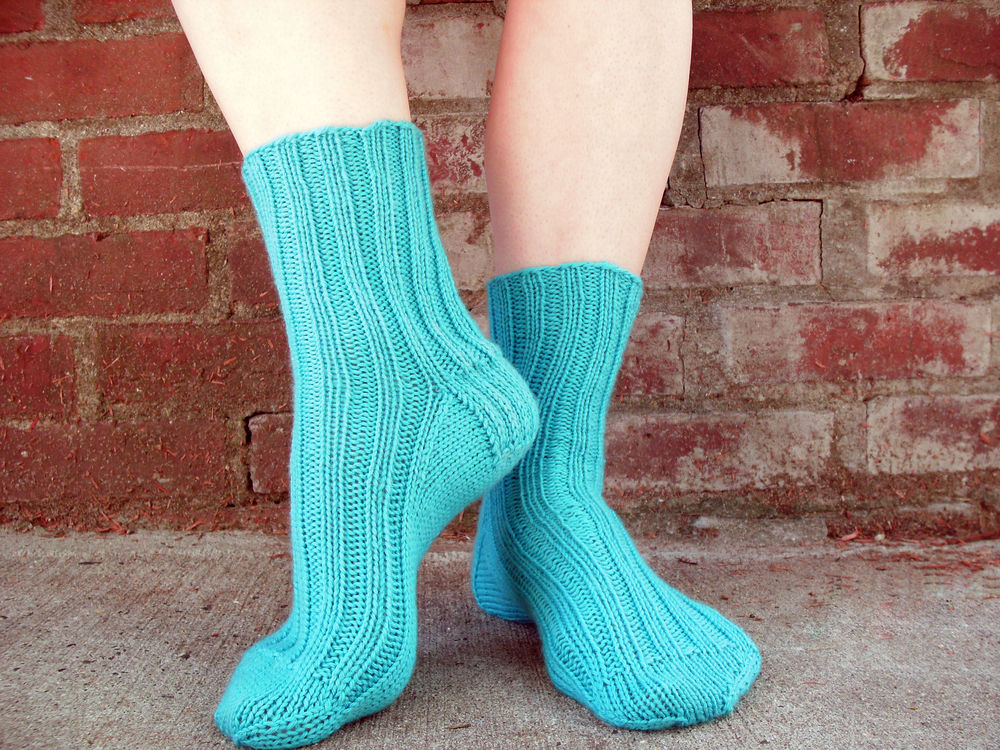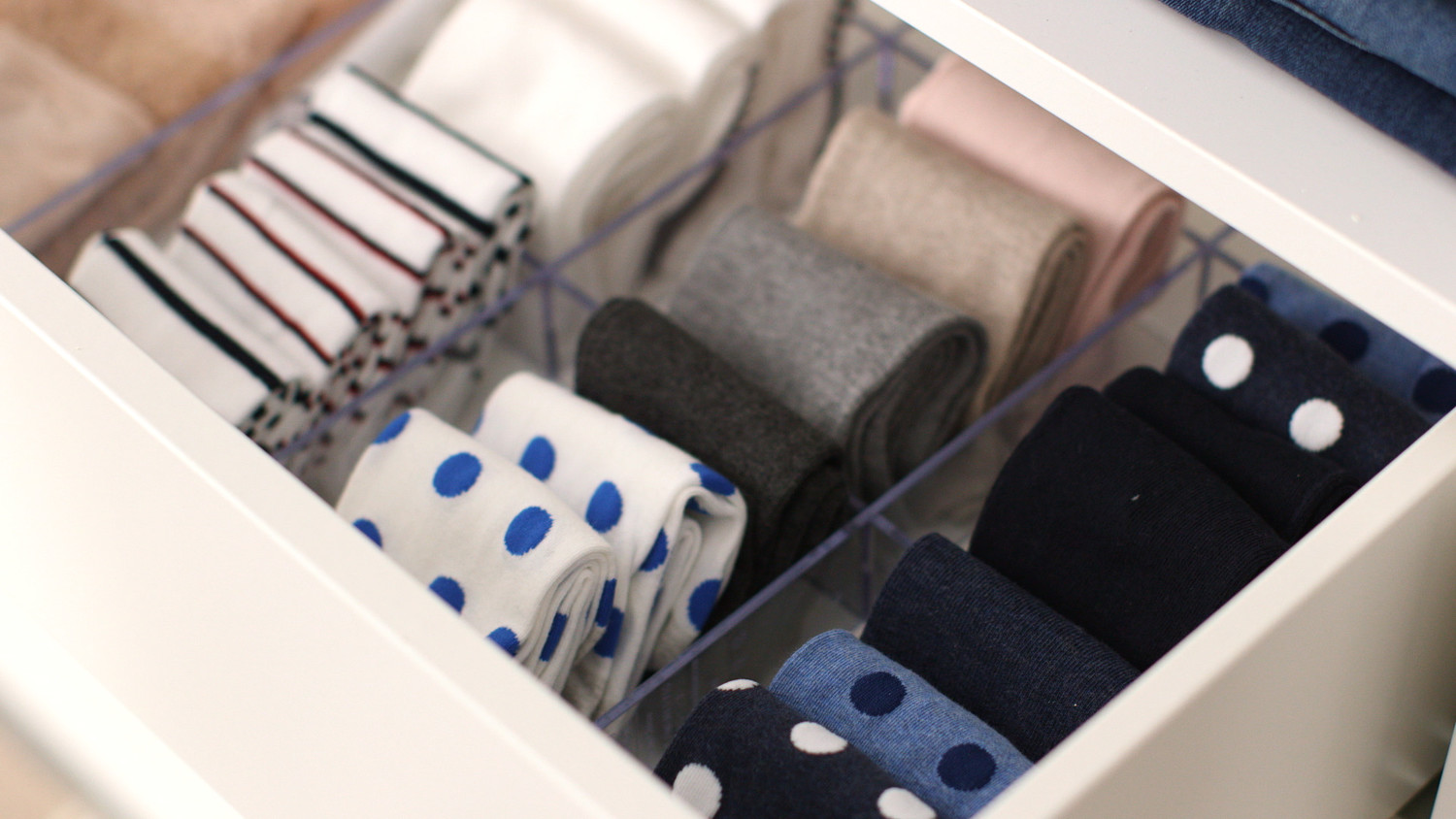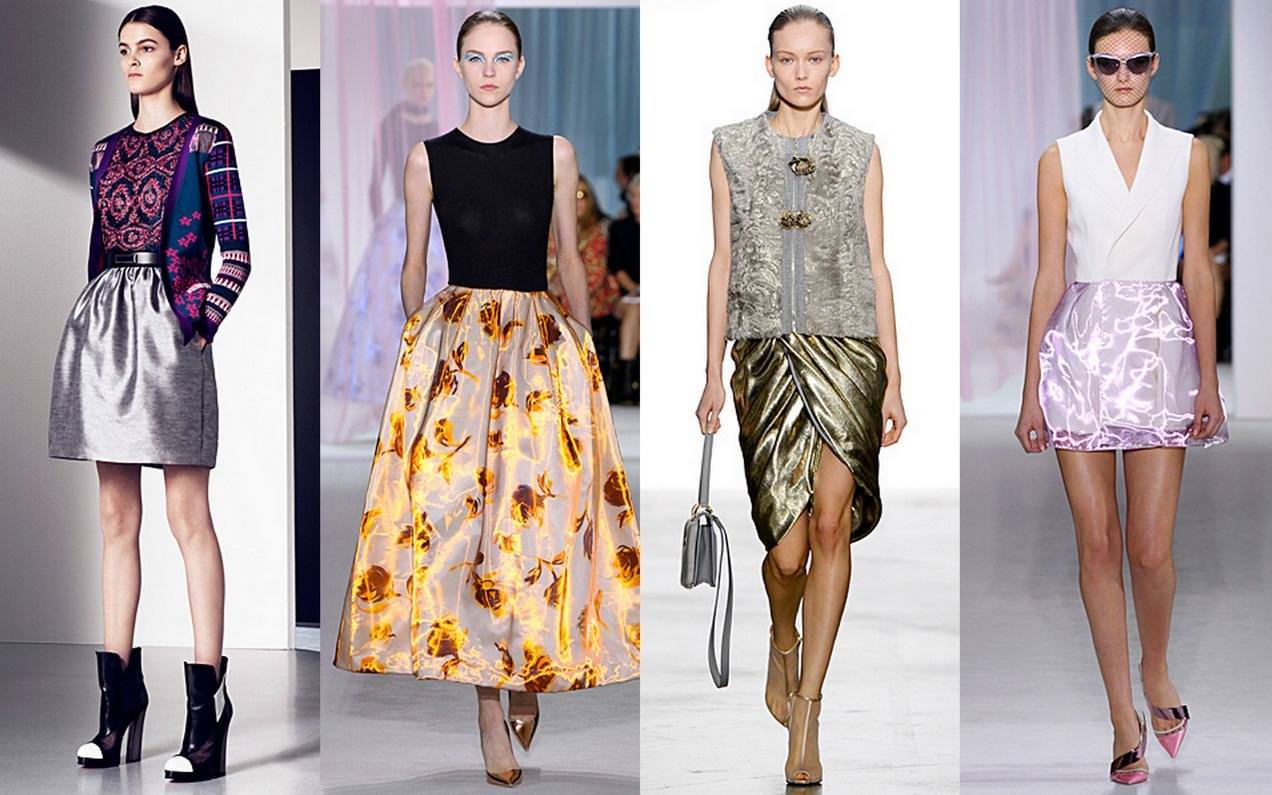When it comes to knitted shoes, the first thing that comes to mind is socks and slippers. As a result of combining these two types, slippers appeared. They are often worn at home or taken with you on a trip, since such shoes do not take up much space. If you master knitting slippers-slippers, even a novice craftswoman can make very unusual in beauty and comfortable to wear models. Using ready-made master classes will make the work easier.
Product Features
The classic execution of slippers-slippers results in a product with closed feet, toes and heel. The main feature of such slippers is that you don’t need much practical experience to knit them. It is enough to be able to hold the knitting needles correctly and perform two main types of loops. In most cases, you don’t need a diagram or pattern.
Socks-footprints can be knitted on two knitting needles or in a circle. You can simplify the model to a regular rectangular fabric, all that remains is to sew it in a certain way.
There are options for men, women and children. They differ in shape, patterns, design, choice of material. Men's slippers are made in classic tones, while women's slippers are made in pastel colors. Children's slippers are knitted with bright threads and decorated with funny appliques.
There are several techniques for knitting slippers with knitting needles: stocking stitch, garter stitch, openwork, jacquard pattern or with ornamented inserts. Models with relief knitting, elastic band, braids look good.

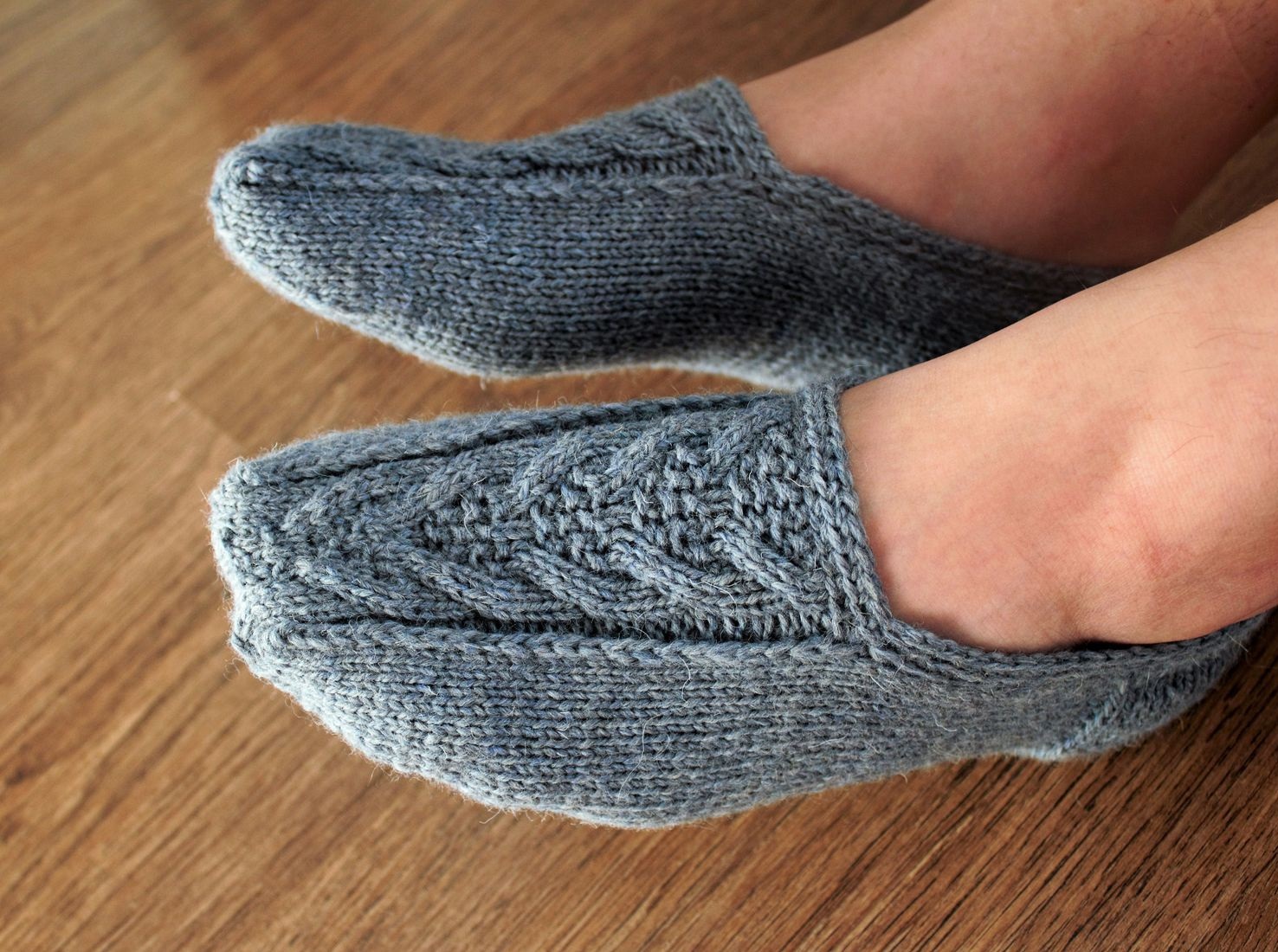
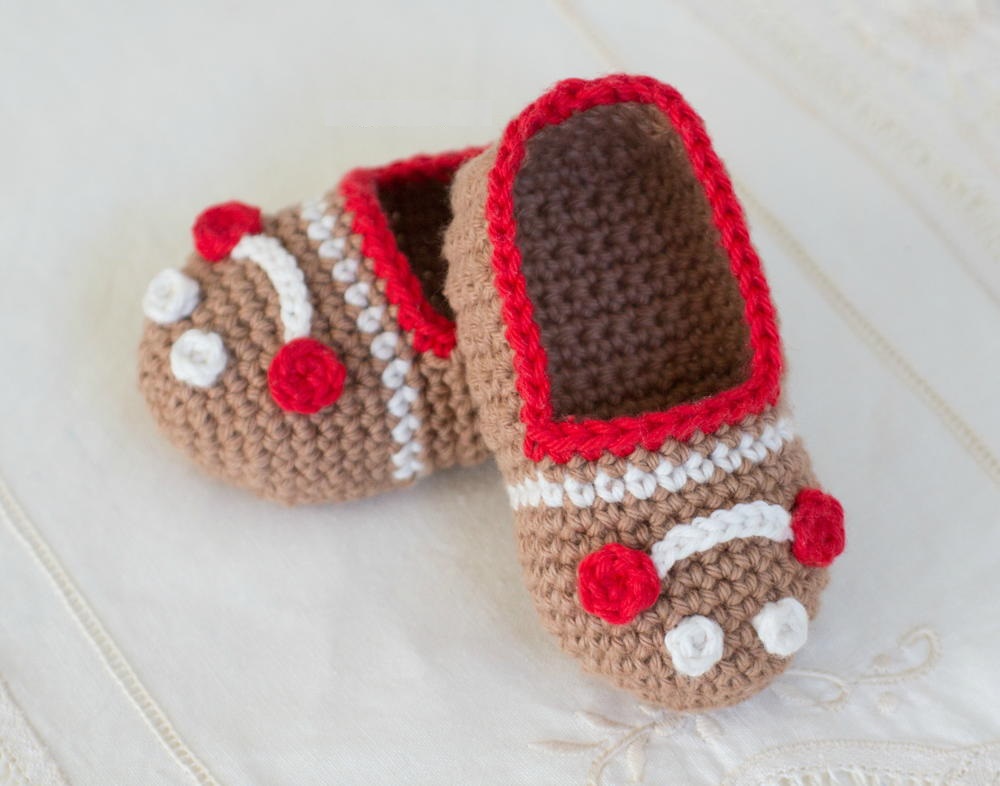
Selecting tools and materials
First of all, the knitter should choose what to knit from and with what. Knitting needles are definitely needed for the work. This can be a set of 4 or 2 tools: circular ones on a cable or fishing line are considered a convenient option. Additional devices for making socks often include a needle and a hook. The hook is used to decorate the edge of the product, decorative elements. The needle is used to sew parts or details. This tool is not needed if the process takes place on 4 knitting needles. In this case, the product is seamless.
Advantages of working with two needles:
- the products are knitted faster;
- no pattern making required;
- it is easier to distinguish the purl row from the front one;
- you can make a pattern of any complexity;
- This is a convenient method for beginners.
For lovers of knitting on 4 needles, the main advantages are:
- absence of seams and edge loops;
- tighter and more comfortable fit around the leg.
To extend the life of knitted socks, you should insert an additional strong thread into the toe and heel of the product.
Some needlewomen use certain types of patterns that thicken the fabric:
- rice;
- twisted loop;
- removed loop.
Slippers can be knitted from any threads. Warm models should be made from yarn containing down or from natural wool material. Summer products are best made from cotton yarn. It can be 100% cotton or contain linen or acrylic threads. The best option is silk or cotton fiber of small diameter, but sufficient strength.
How to decide on the size
To ensure that knitted socks fit well on the foot, it is necessary to take the measurements correctly. For short socks you will need three basic foot measurements:
- Length. It is recommended to measure by the imprint of both feet on paper. You need to put your feet on the sheet and trace around them with a pencil. It is important to hold the pencil vertically. Then you should draw a straight line from the extreme point of the heel to the extreme point of the big toe. The length of the line is equal to the length of the foot. If the values for the two feet are different, then the one that is larger is used for the calculation.
- Instep circumference. Place your foot on a hard surface and use a tape measure to encircle the largest part of your foot. Record the value to the nearest millimeter. The tape measure should fit snugly around your foot, but not squeeze it.
- Fullness. This parameter is necessary for those who have too narrow or wide feet. It is measured at the widest part of the foot, capturing the protruding bones of the big toe and little toe with a measuring tape.
The next step is to calculate the knitting density. The needlewoman needs to find out how many loops fit in 1 cm. This value depends on the thickness and structure of the yarn, as well as the diameter of the knitting needles. We knit a sample of the selected pattern equal to the rapport. For stocking stitch, it is enough to cast on 10-20 loops. The number of loops in 1 cm is determined and multiplied by the measurement value.
The best master classes
The process of knitting slippers-footshoes, very unusual in beauty and comfortable to wear, can be mastered with the help of step-by-step master classes. Beginner knitters should pay attention to the simplest and easiest models. An important advantage of knitting any type of socks is the small amount of consumables. Very little yarn is required: 50–100 g depending on the size.
The openwork knitting option looks very delicate. Beautiful socks can be quickly knitted on two knitting needles. All that remains is to choose the design of the model- with or without seam.
Knitting seamless slippers with knitting needles is done on 2 or 4 tools. It can be done in two main ways without additional stitching:
- From the toe. Start with a minimum set of loops, gradually increasing the fabric with yarn overs.
- Using the classic technology of knitting socks from the heel area.
- On two knitting needles. This option allows you to make a product with or without a seam. The socks look original when combining threads of contrasting colors.
The easiest way to knit for beginner needlewomen is from one piece of fabric.
Openwork
To work you need to prepare:
- Yarn. The material is chosen soft and pleasant to the touch, because the socks touch the skin. For a warm model, natural wool is taken in pure composition or with the addition of artificial thread. Summer ones are knitted from cotton or mixed yarn from natural fibers.
- Tool. The number of needles is selected in accordance with the thickness and structure of the yarn. It is recommended to take a set of 5 double-pointed needles.
- Openwork pattern. Any pattern that is knitted in a circle will do.
Operating algorithm:
- take measurements;
- knit the pattern rapport to calculate the number of stitches to cast on;
- cast on the required number of stitches;
- divide the fabric into parts - front, sides, heel;
- knit according to the sock principle.
The foot should be made with a dense pattern, and the top of the slippers - with an openwork pattern. The heel should be knitted in the classic way. During the work, you should try on the slippers to adjust the fit. All decreases should be fixed so that the second slipper is identical to the first. There is no need to sew the product.
Seamless product
It is not difficult to make footprints without subsequent stitching. The yarn is selected at the discretion of the craftswoman, you can use the remains of the threads, combining them by color. You will need circular knitting needles. The pattern and description are selected individually, for such a product openwork patterns, voluminous knitting, braids with double interlacing are suitable.
Operating algorithm:
- Measure the volume of the foot, calculate the number of loops. It should be a multiple of 4.
- Cast on stitches on circular needles.
- Knit 4 cm with a 1 x 1 elastic band. One loop is knitted as the front loop, the second as the back loop. Even rows - according to the desired pattern.
- Switch to garter stitch, 1/3 of the row at the heel is knitted with a rib. This type of work is done with loops of the same type on the back and front sides of the fabric.
- To maintain the size of the sole, decrease 1 loop in each subsequent row.
- Reduce the number of loops to 9 pieces.
Close the sock in a way that is convenient for the knitter.
On two needles
To work you will need:
- semi-woolen or woolen thread;
- knitting needles with a diameter of 4 mm;
- needle for stitching the model.
Description of the process:
- Cast on 30 stitches.
- Knit a flat piece of fabric with garter stitch. The length of the fabric is 50 rows, the pattern is formed on all front rows.
- At the toe level, switch to elastic (1 x 1). Knit 19 rows.
- Last row knit 2 stitches together.
- Drop the remaining number of loops on the needle onto one thread and tighten.
- Do not break the thread, sew the sock. The length of the seam depends on how deep the owner wants the sock to be.
- Fold the fabric in half and sew a heel stitch with a needle.
- If desired, decorate the footprints with beads, flowers or appliques.
Each model has basic knitting principles and distinctive features. Having mastered the technology of knitting the simplest socks-footsies with the help of master classes, you can make products of any complexity. Finished slippers are decorated with embroidery, appliques, beads, rhinestones. If desired, you can glue on a thick sole.
Video


